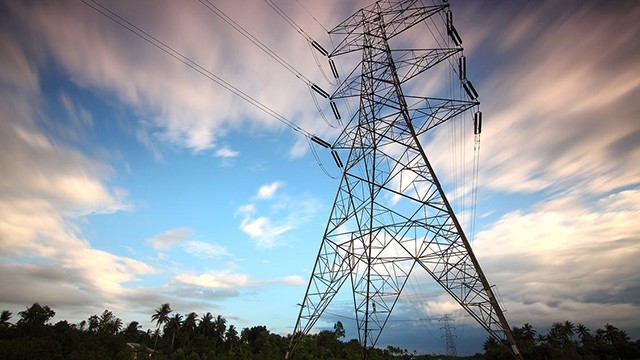Hydro Costs Expected to Climb in Four Years
Published October 31, 2017 at 7:03 pm

Although the Ontario government has done a lot of work on the hydro file–a recent report indicated that food bank usage in the province is up in part because of skyrocketing hydro costs–it does appear that resident will wind up paying more for electricity than they do now over the coming years.
Receently, Ontario released the 2017 Long-Term Energy Plan (LTEP) that focuses on energy affordability, innovation and customer choice. While the province says electricity prices will remain lower than once expected, residents should expect to pay $181 a month in 2027–that’s up from about $127 now.
The push to do something about escalating hydro costs has been rightfully profound.
Starting July 1 of this year, Ontario’s Fair Hydro Plan reduced electricity bills by 25 per cent on average for residential consumers and approximately half a million small businesses and farms across the province.
As part of the plan, any increases to bills will be held to the rate of inflation for four years.
In terms of what to expect going forward, the 2017 LTEP indicates that electricity prices are forecast to remain below the level projected in the 2013 LTEP.
The 2013 LTEP indicated that typical residential monthly electricity bills would be $170 in 2017 and $200 in 2027.
Things won’t be quite so dire (but still not exactly ideal–especially if some residents consider their electricity bill a hardship now).
The 2017 LTEP forecasts bills prices to be $127 and $181 respectively, including the change in average consumption from 800 to 750 kilowatt hours per month.
The province says the outlook for electricity prices for large consumers will be, on average, in-line with inflation over the forecast period.
“While rates will rise gradually over time, the government remains committed to avoiding sharp increases through initiatives outlined in the plan,” a statement from the Ontario government reads.
Initiatives in the 2017 LTEP include:
- Maximizing the use of Ontario’s existing energy assets, only securing new power when it is needed.
- Transforming Ontario’s wholesale electricity markets through market renewal. Market renewal is intended to more flexibly and efficiently meet system needs and government policy goals. Market renewal will be aligned with the objectives of Ontario’s Climate Change Action Plan and will be designed to reduce ratepayer costs and GHG emissions.
- Enhancing consumer protection by giving the Ontario Energy Board (OEB) increased regulatory authority over the 326,000 individually-metered condo and apartment units in the province.
- Working with the OEB to provide people with greater choice in their electricity price plans, by piloting alternatives to the current approach to time-of-use (TOU) pricing in select communities across the province.
- Enhancing net metering by allowing more people the opportunity to produce clean energy and use it to power their homes and lower their electricity bills.
- Allowing utilities to intelligently and cost-effectively integrate electric vehicles into their grids, including smart charging in homes.
- Working with the OEB and local distribution companies (LDCs) to redesign electricity bills, making them more useful for consumers in understanding and managing their energy costs.
- Expanding the Green Button initiative to provide consumers with the ability to access their energy data and securely share it with apps of their choice to help them manage and conserve energy.
The province says nearly $70 billion has been invested in the electricity system since 2003, including closing all coal-fired generating stations. It added that, last year, Ontario’s electricity system was 90 per cent free of greenhouse gases that cause climate change.
insauga's Editorial Standards and Policies advertising





